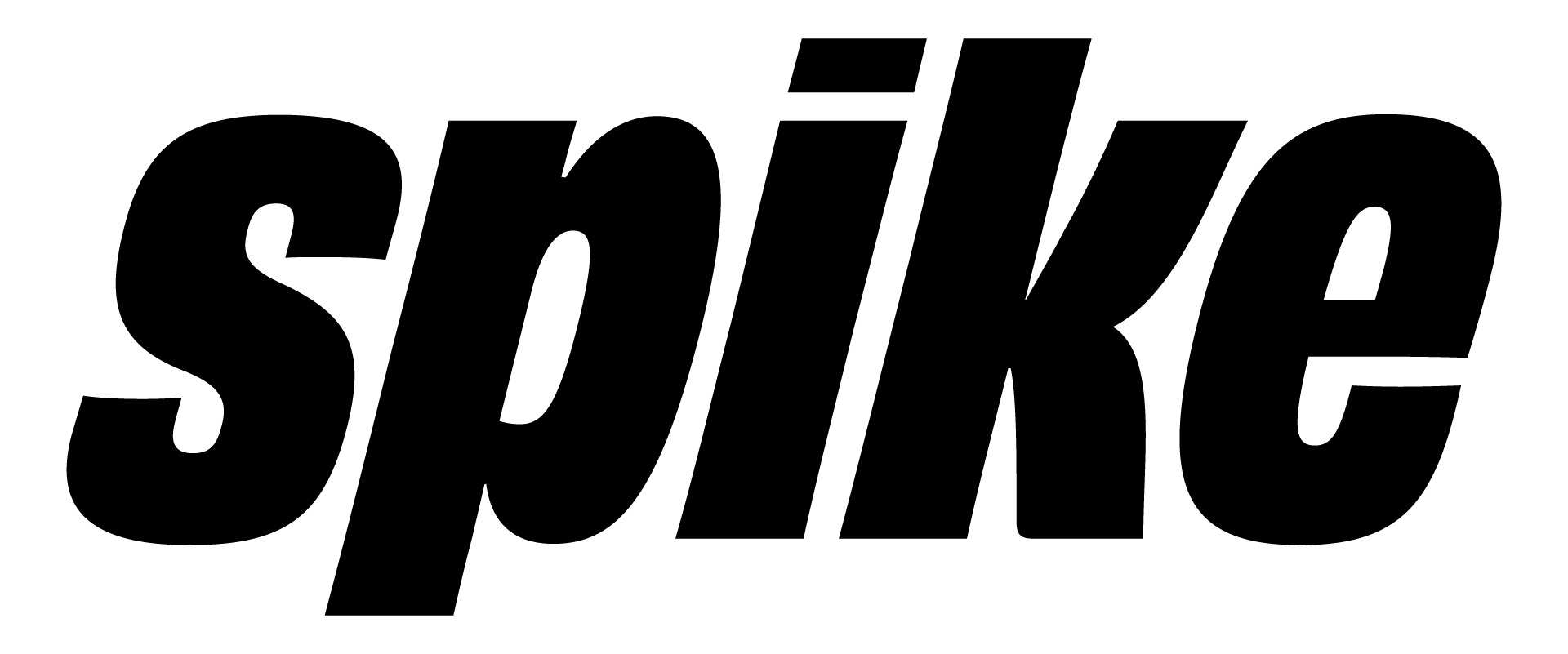
Currently, the GB electricity system is experiencing lower inertia and larger, more frequent imbalances than ever before. A few years ago NGESO scoped out that three new faster acting frequency response products would better suit a changing energy system, and help stabilise the grid. Increasingly, faster acting frequency products are required because system frequency is moving away from 50Hz more rapidly. This is a consequence of supply and demand fluctuations, and lower inbuilt system inertia - as conventional thermal generation comes offline and increasing volumes of intermittent renewables are connected (see previous blog on the evolution of frequency).
In October 2020, the first of the three new products went live, Dynamic Containment (DC). DC is designed to operate post-fault, i.e. for deployment after a significant frequency deviation usually resulting from major loss in generation.
The next service to go live is Dynamic Regulation (DR). DR is a pre-fault service designed to slowly correct continuous but small deviations in frequency. The aim is to continually regulate frequency around the target of 50Hz. This service will go live tonight at 11pm.
The final new frequency product, Dynamic Moderation (DM) will be used to help manage sudden large imbalances between demand and generation by responding quickly when frequency moves towards the edge of the operational range (Fig. 1).

Figure 1. Response curve for DFFR (legacy product), DC, DM DR and the deadband zone (where no response is required).
These new services differ from legacy frequency products in the sense that they require real-time operational metering at 1Hz which is provided to the ESO control room, as well aso hourly Performance Reporting data, submitted to NGESO measured at 20Hz resolution for DC and DM and 2Hz for DR.
In spite of the stringent requirements, across the services, the daily energy throughput required for each differs significantly (Fig. 2). This suggests that the value of the service will heavily depend on the cost to deliver the service, for example delivering DR will have a bigger impact on the battery degradation than a service like DC or DM.

So what does Dynamic Regulation look like for a battery?
See below for one of our assets illustrating a DR response.

Next month, the final new frequency response product will go live. In the future, we are excited to be able to stack the products (offering DC, DR, DM simultaneously) and eventually moving towards closer to real-time procurement down to a settlement period - making the optimisation opportunity even greater!







